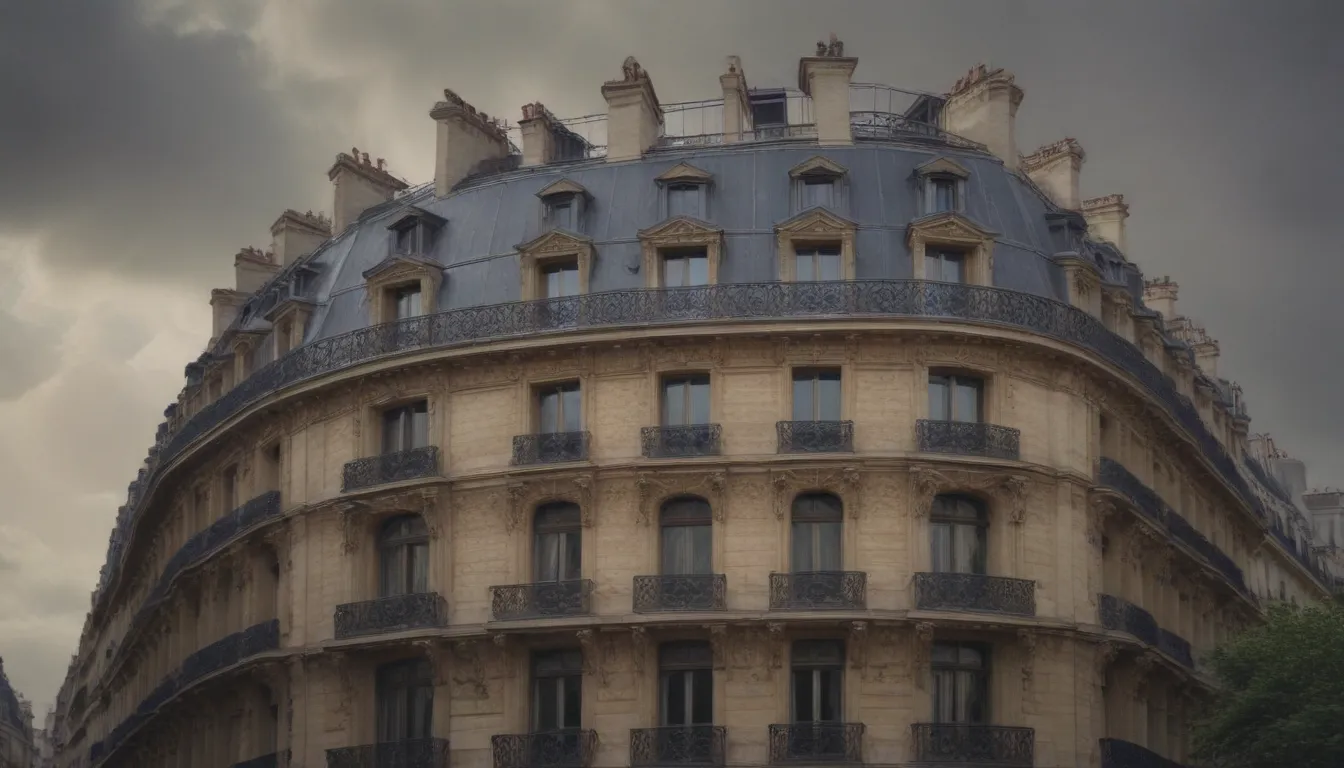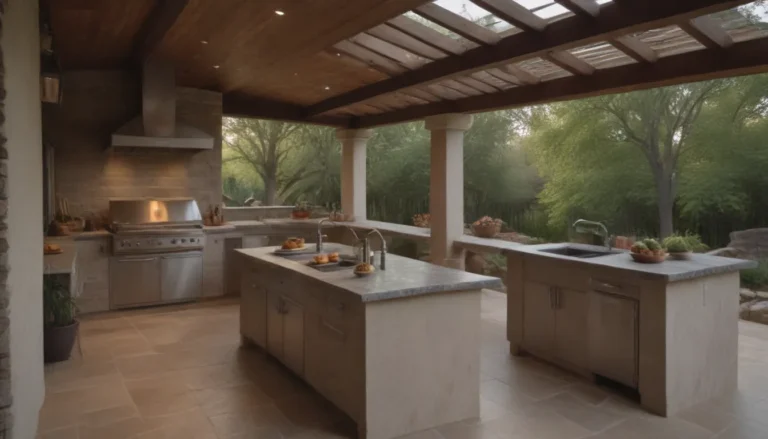The Legacy of Haussmann Architecture in Paris and Beyond

Introduction to Haussmann Architecture
You may have heard of Haussmann Architecture, the iconic style that defines the heart of Paris. But what exactly is it, and why is it so important? Let’s delve into the history, key characteristics, and enduring appeal of Haussmann architecture in this comprehensive guide.
Haussmann (or Haussmannian) architecture is the quintessential Parisian style of 19th-century architecture that still captivates visitors from around the globe. Imagine large, elegant buildings with stone facades and intricate wrought iron details – that is Haussmann architecture in a nutshell. But there is so much more to this architectural style that makes it truly unique and timeless.
History of Haussmann Architecture
The story of Haussmannian architecture begins in the mid-19th century with Napoleon III’s ambitious vision to transform Paris into a modern, cohesive city. To achieve this monumental task, he appointed Georges-Eugène Haussmann as the city prefect, who embarked on a radical urban renewal project that would forever change the face of Paris.
Haussmann’s ambitious plan involved demolishing the overcrowded medieval neighborhoods and creating wide, straight boulevards lined with elegant stone buildings. He introduced new parks, squares, street lamps, and modernized the city’s infrastructure, leaving behind a lasting legacy that continues to shape Paris to this day.
While Haussmann faced criticism for his drastic transformation of the city, his work laid the foundation for the iconic Parisian landscape we know and love today. Despite some buildings being demolished in later years, over 40,000 Haussmann buildings still stand in Paris, representing 60% of the city’s housing stock.
Key Characteristics of Haussmann Architecture
Architectural Features
- Large, elegant buildings with stone facades
- Wrought iron details
- Straight boulevards and avenues
- Block after block of stone apartment buildings
- Decorative stone and wrought iron work
Interior Design
- Ground floors designed for shops and commerce
- Noble floors with higher ceilings for the elite
- Top floors often reserved for household staff
- Miniature rooms with fireplaces and balconies
- Retro-fit elevators in some buildings
Modern Modifications
- Open plan spaces created by knocking down walls
- Kitchen placement adapted for current lifestyles
- Balancing historic charm with contemporary design
Haussmann Architecture Beyond Paris
While Haussmann architecture is synonymous with Paris, its influence can be seen in other cities around the world. From the Upper West Side of Manhattan to Buenos Aires and modern-day China, pockets of Haussmann-style buildings can be found, showcasing the enduring appeal of this iconic architectural style.
Conclusion
In conclusion, Haussmann architecture will always hold a special place in the hearts of Parisians and visitors alike. Its timeless beauty, innovative design, and lasting impact on urban planning make it a true architectural marvel. Next time you wander the streets of Paris or come across a Haussmann-style building in another city, take a moment to appreciate the history and artistry behind this iconic architectural style. Haussmann architecture is not just a building style, but a living testament to the enduring legacy of Georges-Eugène Haussmann’s vision for a modern, vibrant city.
Remember, Haussmann architecture isn’t just about buildings and boulevards – it’s about a way of life that continues to inspire and captivate us to this day. So, whether you’re strolling down the grand avenues of Paris or admiring a Haussmann-style building in your own city, take a moment to soak in the beauty and history of this timeless architectural style.





